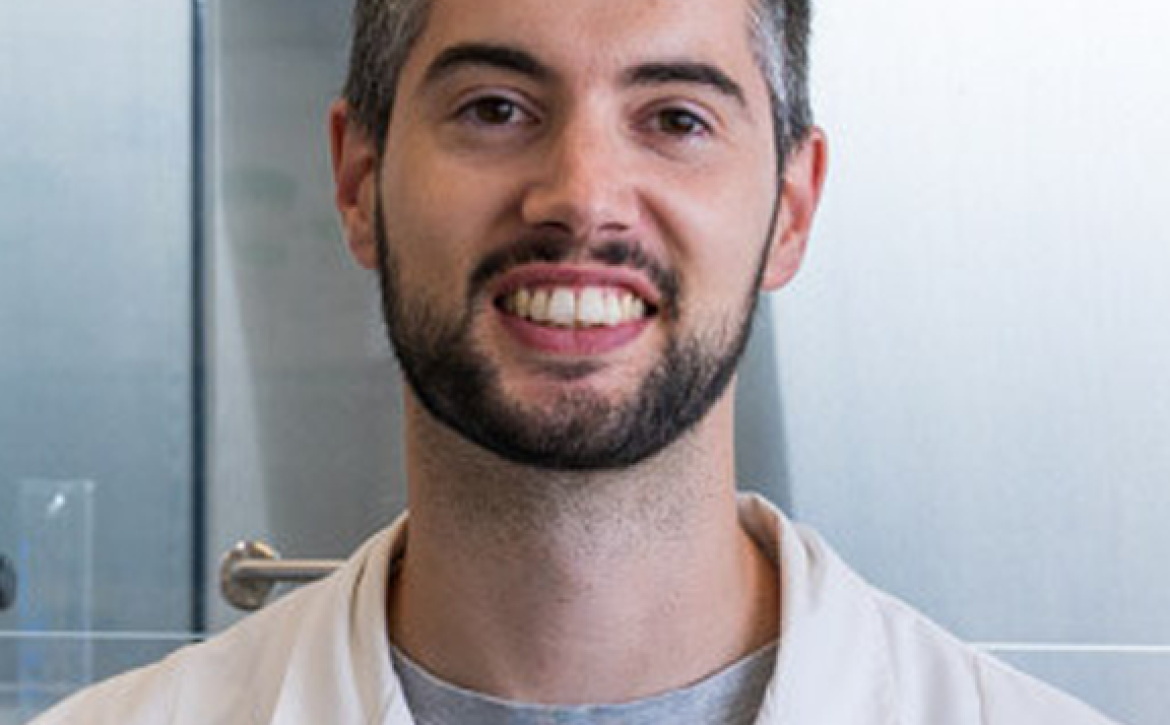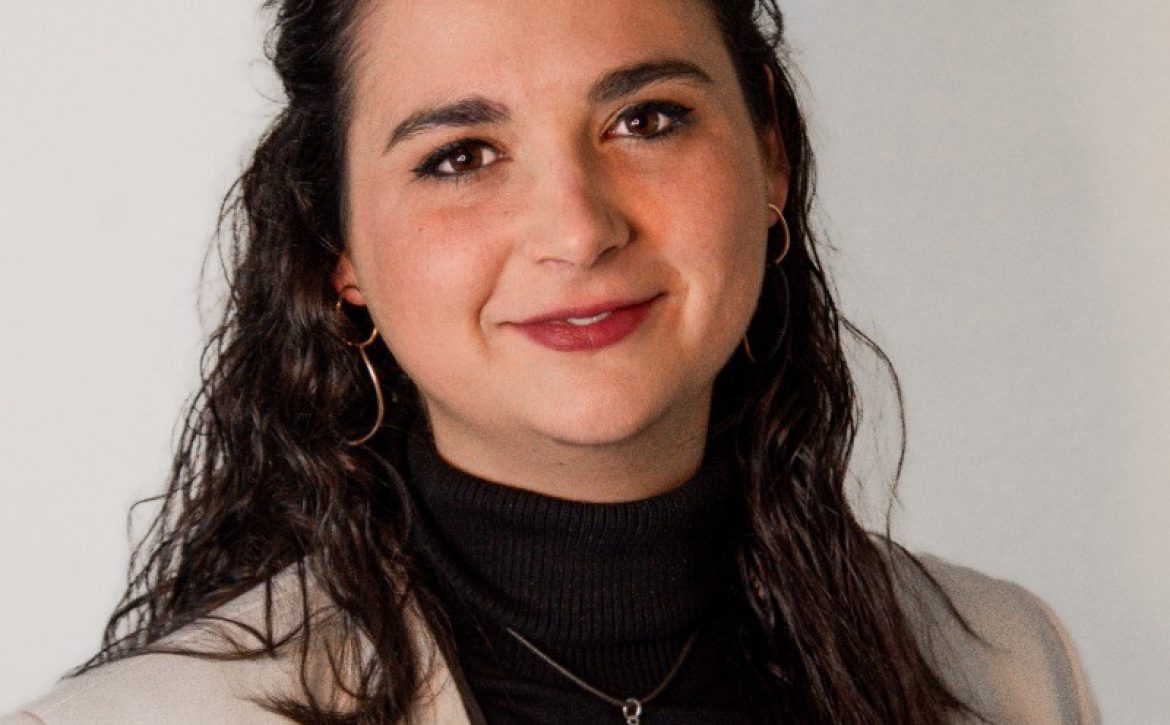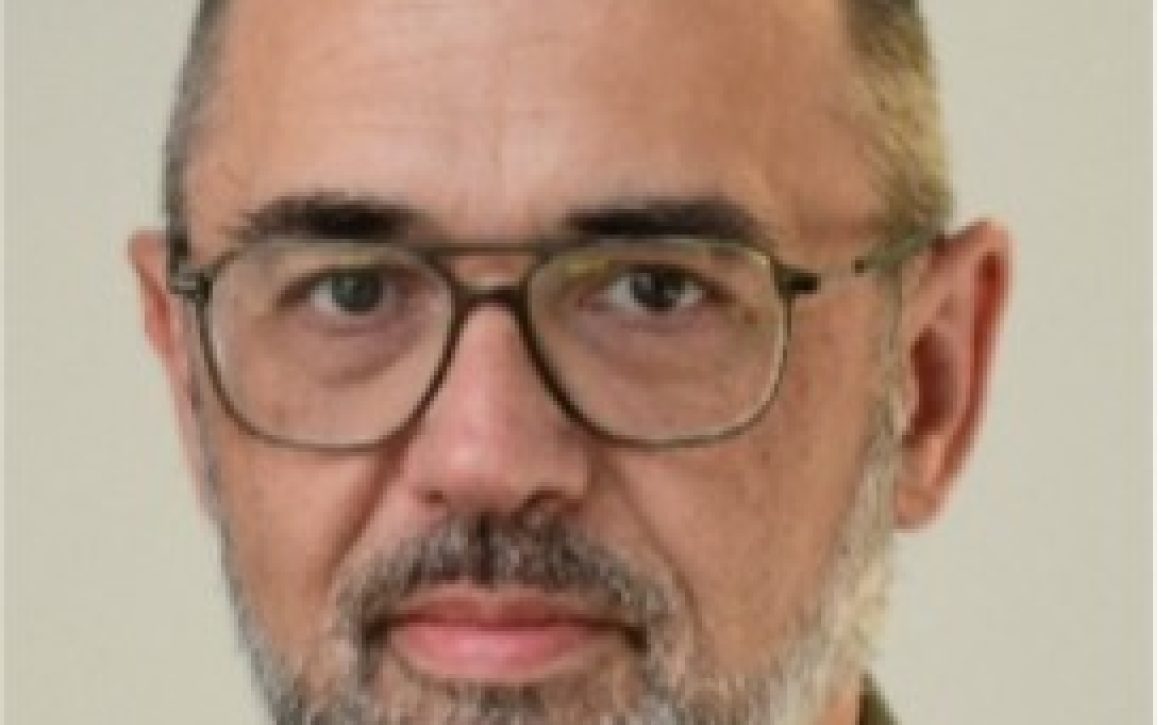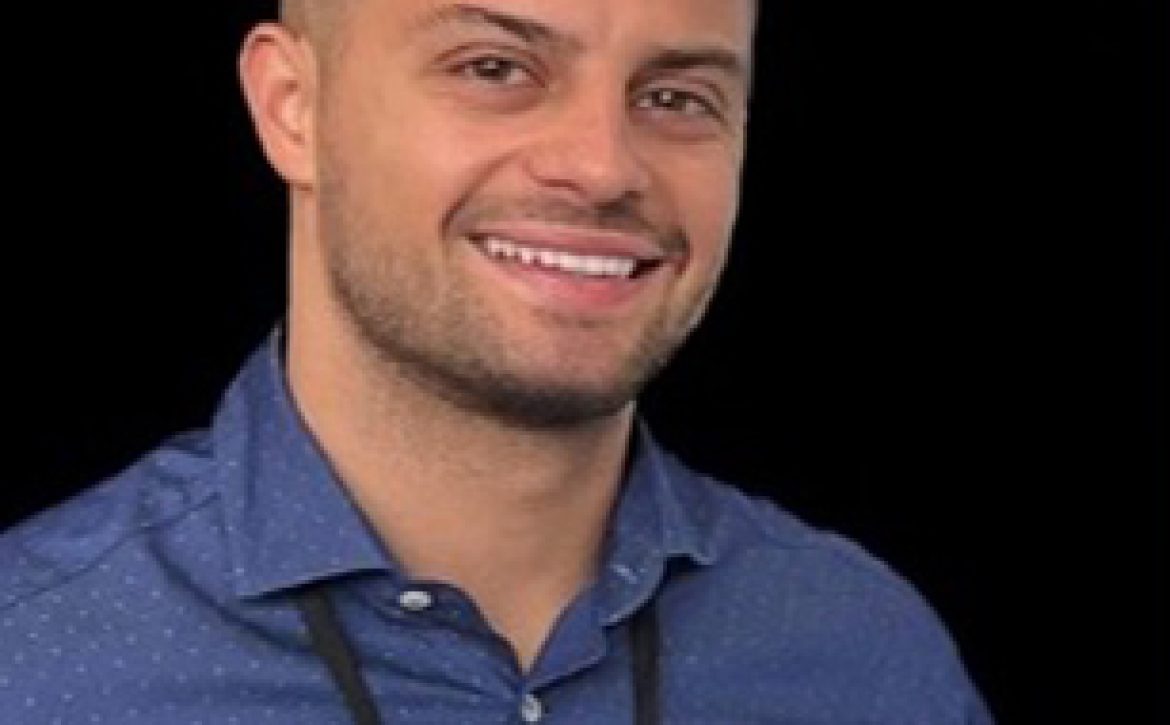Dr. Max TORRELLAS
Short CV
| Researcher in the Biotechnology group at AIMPLAS. He holds a PhD in Biotechnology and Biomedicine from the University of Valencia and a Master’s degree in Plant Molecular Biotechnology from the Polytechnic University of Valencia. He spent 5 years in public research organisms, working on biotechnology of industrial non-conventional yeasts. Later he joined the Valencian Institute of Microbiology.
In 2023 he joined the Recycling and Biotechnology cluster at AIMPLAS, where he is currently working on exploring novel biotechnology possibilities for the recovery of critical raw materials from electrical and electronic waste. |
Abstract
| The transition to sustainable printed electronics (PE) requires solutions for end-of-life (EoL) management, including the development of effective recycling and material recovery strategies. This contribution presents ongoing efforts within the EU-funded REFORM project and complementary activities focused on the recycling of electronics.
In REFORM, multiple recycling approaches are being validated to address the complex composition of PE systems. The selection of recycling strategies is informed by stakeholder insights and current waste collection policies and practices, ensuring system-compatible solutions. These include simulations of industry sorting scenarios using different technologies. To complement physical separation methods, the feasibility of material recovery is explored. Bio-recovery of valuable metals is explored as a low environmental impact alternative for the extraction of metals (Ag) from electronic waste. In parallel, chemical recycling alternatives are also explored. Metal recovery from PE waste is key in ensuring resource efficiency and reduces the need for virgin metal extraction, aligning with circular economy objectives. Beyond REFORM, AIMPLAS leverages its expertise in electronics recycling to advance the recyclability of PE materials with pilot recycling infrastructure. |








